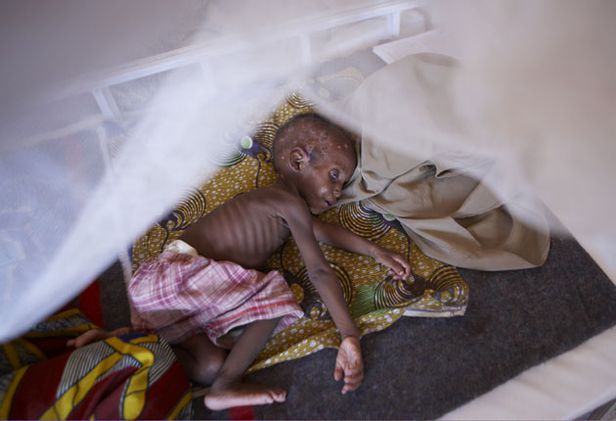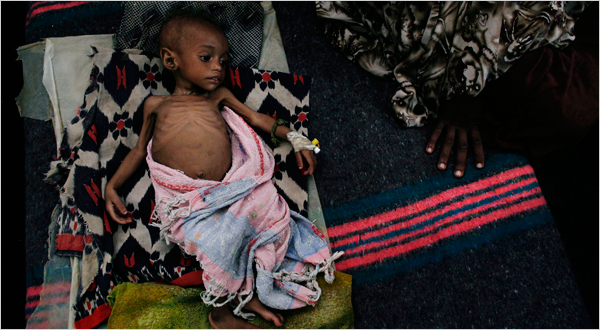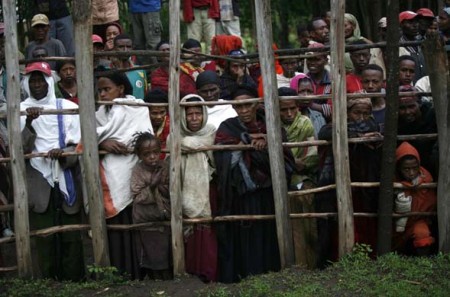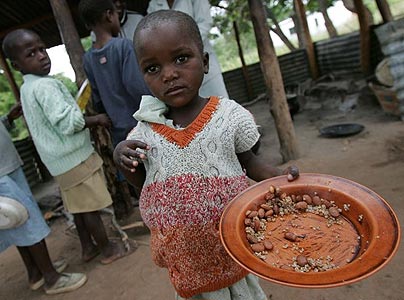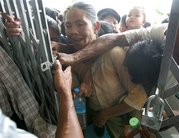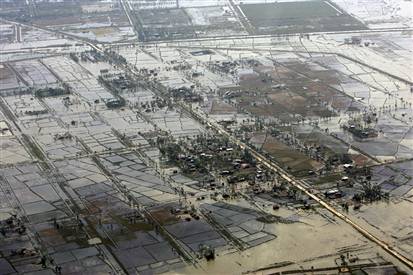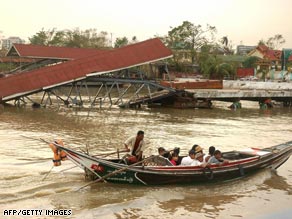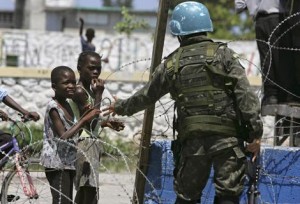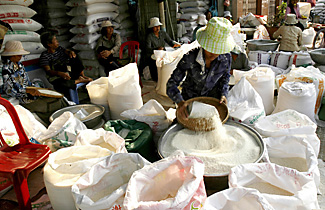Fuel shortage forces UN to halt Gaza food aid
The UN is to halt food handouts for up to 800,000 Palestinians from tomorrow because of a severe fuel shortage in Gaza brought on by an Israeli economic blockade.
John Ging, the director of operations in Gaza for the UN Relief and Works Agency, which supports Palestinian refugees, said there had been a “totally inadequate” supply of fuel from Israel to Gaza for 10 months until it was finally halted two weeks ago. “The devastating humanitarian impact is entirely predictable,” he said.
A shortage of diesel and petrol means UN food assistance to 650,000 Palestinian refugees will stop tomorrow, and aid from the World Food Programme for another 127,000 Palestinians due in the coming days will also be halted.
“The collective punishment of the population of Gaza, which has been instituted for months now, has failed,” said Robert Serry, the UN special coordinator for the Middle East.
Gaza’s streets have largely been emptied of cars, except for those running on the last reserves of fuel, or on cooking gas or used vegetable oil.
Gaza will be high on the agenda at a meeting of donors to the Palestinians in London next Friday. Last year, after Hamas seized full control of Gaza, Israel imposed an economic blockade, preventing exports and allowing in only limited supplies of food, fuel and aid.
Recent militant attacks on Gaza’s crossings, strongly condemned by the UN, have meant a tightening of the closures.
Hours before Gaza’s sole power plant was to shut down, Israel pumped in 1m litres of industrial diesel, enough to last the plant around three days.
Read moreIsrael Causes UN Food Aid Relief For Gaza to Halt
